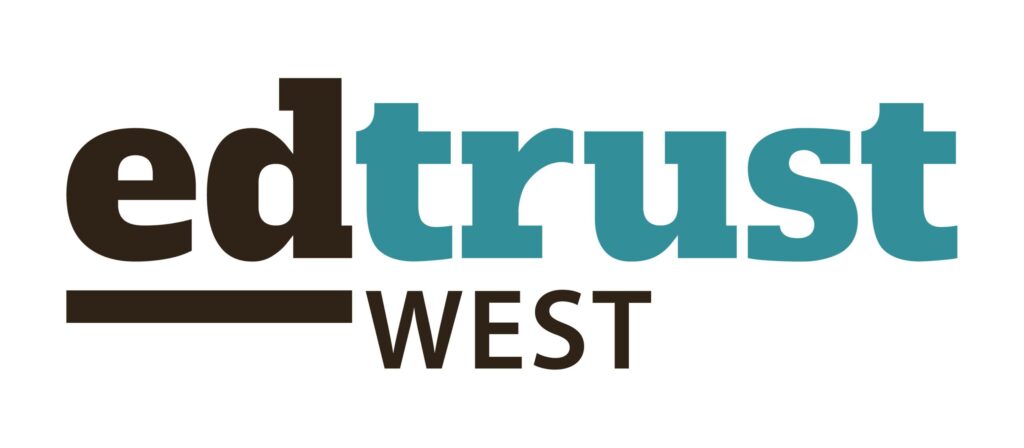OAKLAND, CA (August 11, 2011) Today’s release by the California Department of Education (CDE) of the state’s graduation and dropout rates has good news and bad news. The bad news is clear: The data show that California students, particularly low-income students, students of color, and other high-need populations, graduate from high school at alarmingly low rates. The good news is that for the first time, the graduation and dropout rates are accurate, transparent, and are no longer estimates, thanks to the California Longitudinal Pupil Achievement Data System, or CALPADS.
This year’s data tell us even more about student performance. The data show that three out of four (74%) of our state’s students are graduating from high school in four years, and that 18% drop out. Sadly, the news is far worse for the state’s African-American and Latino students, who graduate from high school at abysmally low rates—59% and 68%, respectively. Nearly one out of three (30%) African-American students and nearly one quarter (23%) of Latino students drop out. We also now know that 68% of low-income students, 57% of students with disabilities, and 56% of English learner students graduate in four years.
Given that students of color currently represent the majority of students in California and will overwhelmingly comprise our future workforce, the gaps in high school success between these students and their peers should raise serious concerns for community members, educators, and policymakers. Education outcomes for students of color, students with disabilities, low-income students, and English learners, whose needs and potential are often overlooked, are particularly disturbing when compared with the graduation rates of their more advantaged peers. For example, California’s white students graduate at a rate of 83% and Asian students at a rate of 89%. These students’ dropout rates stand at 12% and 8%, respectively.
“Before we had longitudinal data, state leaders based these numbers on a ‘best guess’ calculation,” said Arun Ramanathan, Executive Director of The EdTrust—West, a statewide education advocacy organization. “With CALPADS now up and running, California’s leaders can no longer ‘pass the buck’ for the state’s high dropout rate by questioning the accuracy of the data. We need them to immediately enact policy reforms that will dramatically improve graduation rates for all students.”
With CALPADS finally in place, the state is now able to count and acknowledge the students who, in previous years, could simply disappear uncounted and unacknowledged. CALPADS ensures that California’s most vulnerable students—many of whom are highly mobile and move between school districts frequently—do not fall through the cracks.
“The data reveal the sad truth about our state’s four-year graduation rates and California’s failure to adequately serve all of our students. CALPADS illustrates the extent of the problem, and enables state leaders to do something about it,” continued Ramanathan. “California must confront and overcome the political brinkmanship that aims to squelch a modern, effective data system. I applaud State Superintendent of Instruction Tom Torlakson for recognizing CALPADS as a smart investment and encourage other state leaders to support CALPADS as a necessary tool for closing achievement gaps.”
# # #
About The EdTrust—West
The EdTrust—West works for the high academic achievement of all students at all levels, pre-k through college. We expose opportunity and achievement gaps that separate students of color and low-income students from other youth, and we identify and advocate for the strategies that will forever close those gaps.

